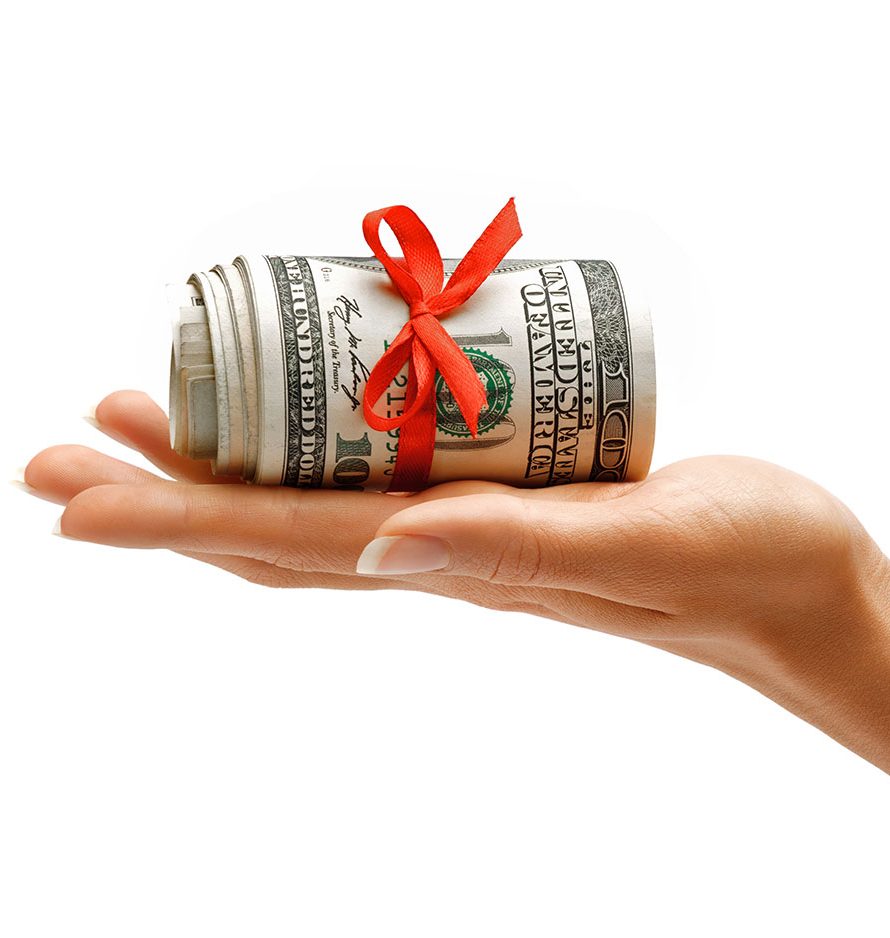Consumers have money to spend, and they’re ready to shop. Good news for jewelers, right?
We asked the experts what this means for the holiday season…and beyond.
Retail analysts and experts agree: Holiday 2021 may be among the best the fine jewelry industry has ever had in terms of in-store traffic, sales, and revenue.
Yet there is some trepidation—not only about how the larger industry landscape, economic slowdowns, and labor shortages will impact November and December, but also how these factors are likely to affect jewelers into 2022 and beyond.
To offset global issues such as supply chain disruptions, inflation, and geopolitical risks including the coronavirus, analysts advise jewelry retailers to ramp up client relationships, bolster their storytelling online and on social media, and ensure they have a strong supply of must-have items in stock when customers are ready to shop.
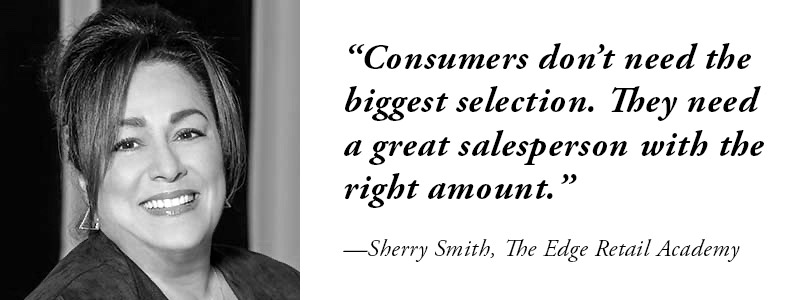 “Jewelers will have a strong fourth quarter because shoppers are still feeling pent-up,” says Sherry Smith, director of business development for The Edge Retail Academy. “Yet they’re also in the best financial positions they’ve ever been in. They’ve paid down debt. They have more liquid cash. They want to celebrate with something that stands the test of time and makes them feel good. And jewelry has stood that test of time.”
“Jewelers will have a strong fourth quarter because shoppers are still feeling pent-up,” says Sherry Smith, director of business development for The Edge Retail Academy. “Yet they’re also in the best financial positions they’ve ever been in. They’ve paid down debt. They have more liquid cash. They want to celebrate with something that stands the test of time and makes them feel good. And jewelry has stood that test of time.”
On the plus side, the National Retail Federation forecasts that holiday sales between November and December have “the potential to shatter previous records,” growing between 8.5% and 10.5% to reach $843.4 billion to $859 billion. Simultaneously, Deloitte’s 2021 holiday retail survey says the average holiday spend will increase to $1,463, up 5% year over year. High-income households are driving the uptick, Deloitte says, with about $927 of that total focusing on gifts and non-gift purchases (the remaining amount accounts for spending on experiences, such as dining out).
That piggybacks on September’s Mastercard SpendingPulse report, which says the U.S. jewelry sector’s strong growth will continue through the 2021 holidays. The sales measurement service—which derives data from a variety of sources, including credit card charges—predicts jewelry sales will rise 59% from 2020’s holiday season. Even more eye opening is that 2021 will be up 52.9% from the pre-pandemic season of 2019.
Sounds wonderful, but retail analysts urge the industry not to assume success will continue beyond the new year. Rather, they say jewelers should consider everything from a store’s own data to consumer behavior to global politics during these next two months to understand what to do to keep the revenue rolling.
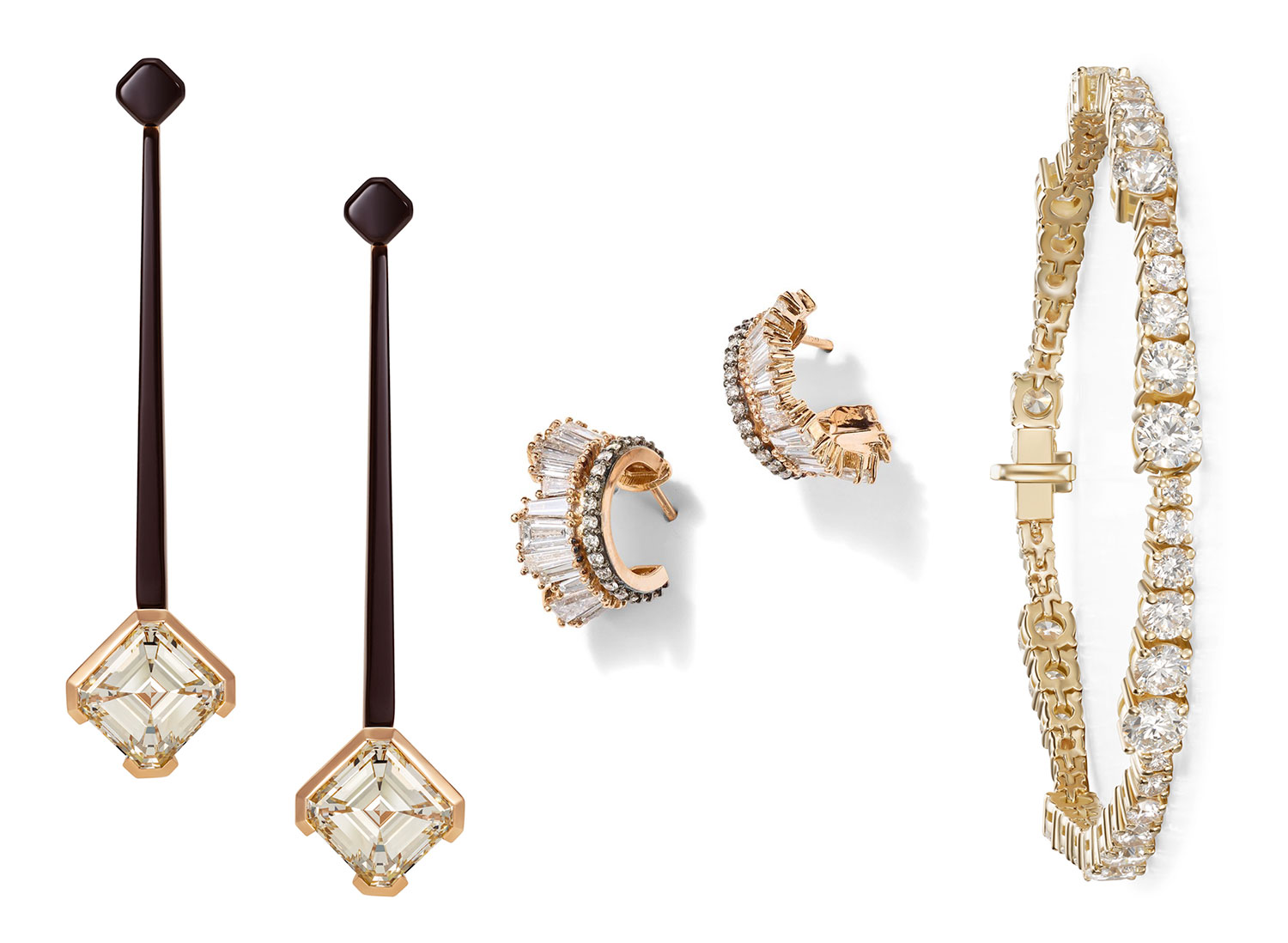
“Retailers were shocked over the past year when they thought everything would be doom and gloom [from 2020] only to find out they’ve done a lot of business well into 2021,” says Kate Peterson, president and CEO of Performance Concepts, a management consultancy for jewelers. “The ones that have done the best consistently are the ones that complained the least and put their energy into figuring out how that happened.” The most successful retailers know “that customer information and building relationships are far more valuable than the money you’ll take in right now.”
Consumers have fundamentally changed because of the pandemic, Peterson says. They want luxuries that matter and don’t want to put off celebrating the moment. If retailers are simply “putting out their hands and collecting that money that’s coming in, they’re going to struggle going forward,” she says. “You need to develop this client base. You need to put your brand out there.”
 Employees have changed as well, Peterson says, presenting an array of management challenges. Today’s staff want flexibility, to use their talents, and to receive smart compensation structures that give them room to grow.
Employees have changed as well, Peterson says, presenting an array of management challenges. Today’s staff want flexibility, to use their talents, and to receive smart compensation structures that give them room to grow.
Peterson adds that jewelers should understand that the current labor shortage is likely to continue beyond holiday 2021. The Conference Board reports that the longest economic expansion in U.S. history—coupled with trends including a stagnant working-age population due to retirements and low workforce participation rates for several key segments—has created one of the tightest job markets ever and the lowest unemployment rate of the past 50 years. As in other industries, JCK found that many jewelry industry professionals were forced to reduce staff levels temporarily during the pandemic, according to the JCK 2021 State of the Jewelry Industry Report. Among the 30% of survey respondents who anticipated staffing changes in the coming year, 24% said they will be adding staff. But competition for the best employees will be keen.
Jewelry stores are likely to continue to struggle to find employees—but these workers are key to continued growth, Smith says. Consumers, especially those still concerned about the pandemic, like shopping online, virtual appointments, and curbside pickup. But people also want to be in stores, and that means having a workforce that makes phone calls, works hand in hand with clients, and gets those last-minute shoppers to buy.
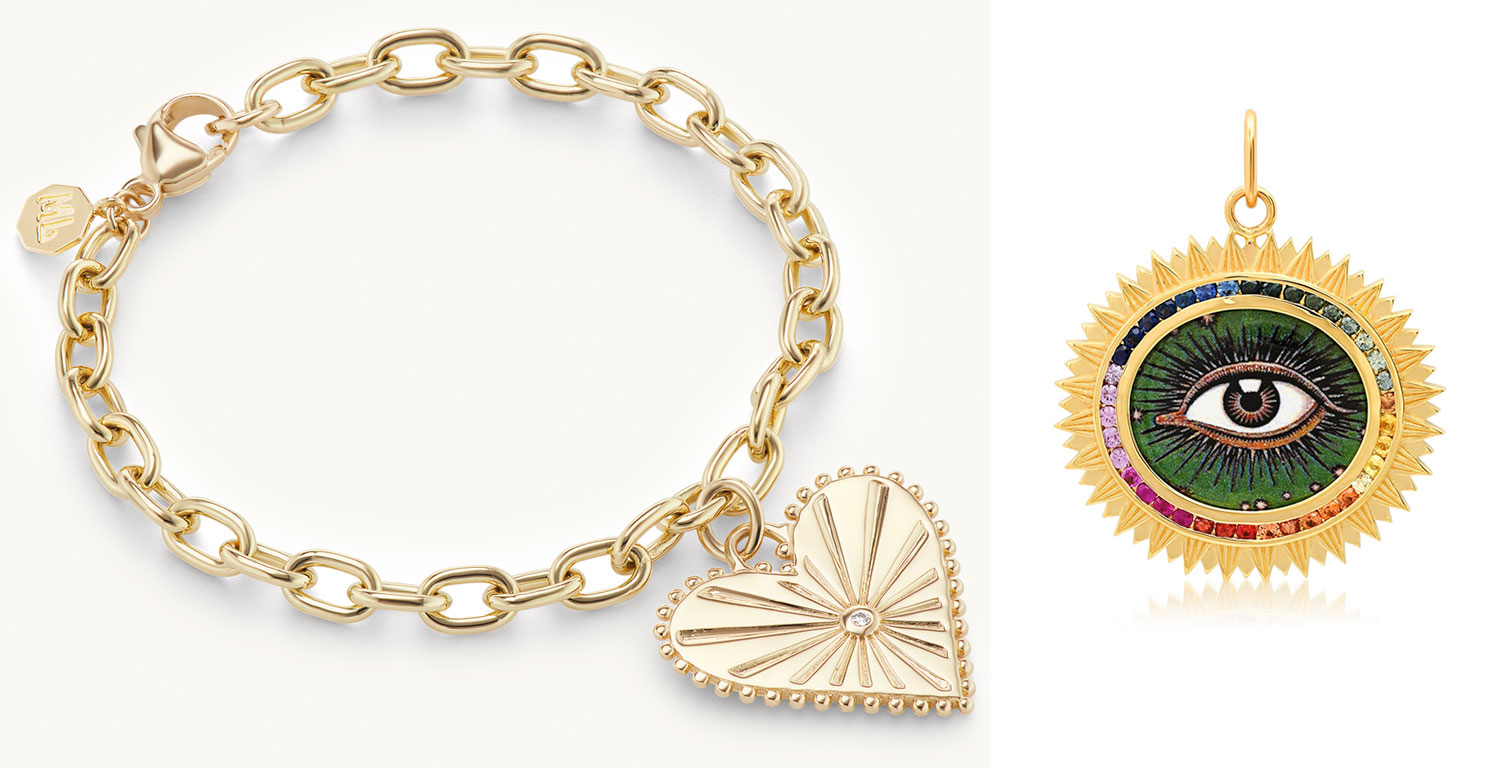
“A lot of things are going the right way,” Smith says. But if you want that trend to continue, “get your inventory up now. Cover your price points. Consumers don’t need the biggest selection. They need a great salesperson with the right amount.”
As overall jewelry sales have soared, diamond jewelry is more than holding its own—at least for now. Industry analyst Edahn Golan says U.S. jewelers are enjoying unprecedented interest in diamonds as well as “astounding” sales over the past two years. The founder of Edahn Golan Diamond Research & Data predicts the 2021 holiday will cap another “fantastic year,” but he is worried about competition among retailers of all kinds as well as a bottleneck of polished diamonds.
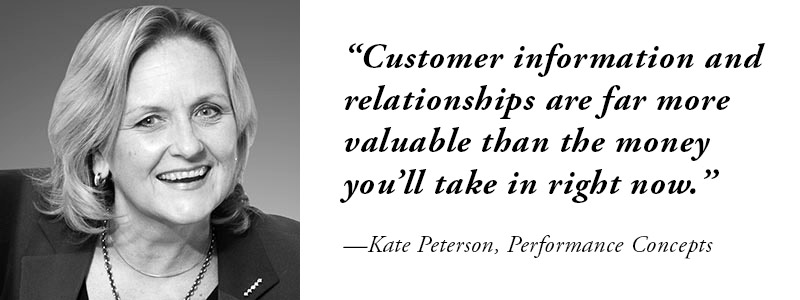 What concerns Golan is how big-box and department-store retailers, with their never-ending discounts, are affecting jewelry stores and wholesalers alike. Currently, specialty jewelry retailers are feeling hesitant to buy, while manufacturers are still churning out goods. As a result, there’s a buildup of inventory in the wholesale market, which leads to a softening in polished diamond prices. Then, the cycle begins again.
What concerns Golan is how big-box and department-store retailers, with their never-ending discounts, are affecting jewelry stores and wholesalers alike. Currently, specialty jewelry retailers are feeling hesitant to buy, while manufacturers are still churning out goods. As a result, there’s a buildup of inventory in the wholesale market, which leads to a softening in polished diamond prices. Then, the cycle begins again.
“Over the last 10 years, the holiday season is constantly being pushed back,” Golan says. “Retailers outside of jewelry will do everything they can to attract buyers. Everybody’s going to do everything to court shoppers. Everybody’s worried about competition.”
That’s truer than ever this year, as supply-chain disruptions force consumers to consider gifts across categories. To stand out, Golan says jewelers need to remind their customers how important jewelry is in terms of creating memories, cementing relationships, and establishing cherished family heirlooms.
Retailers also should focus on building customer experiences, particularly in-store, to keep people coming back each holiday season. “Consumers, especially during the pandemic, go to things that are comfortable, and jewelry is one of those things,” Smith says. “Jewelers should be reaping that benefit.”
(Top photo: Getty Images)
